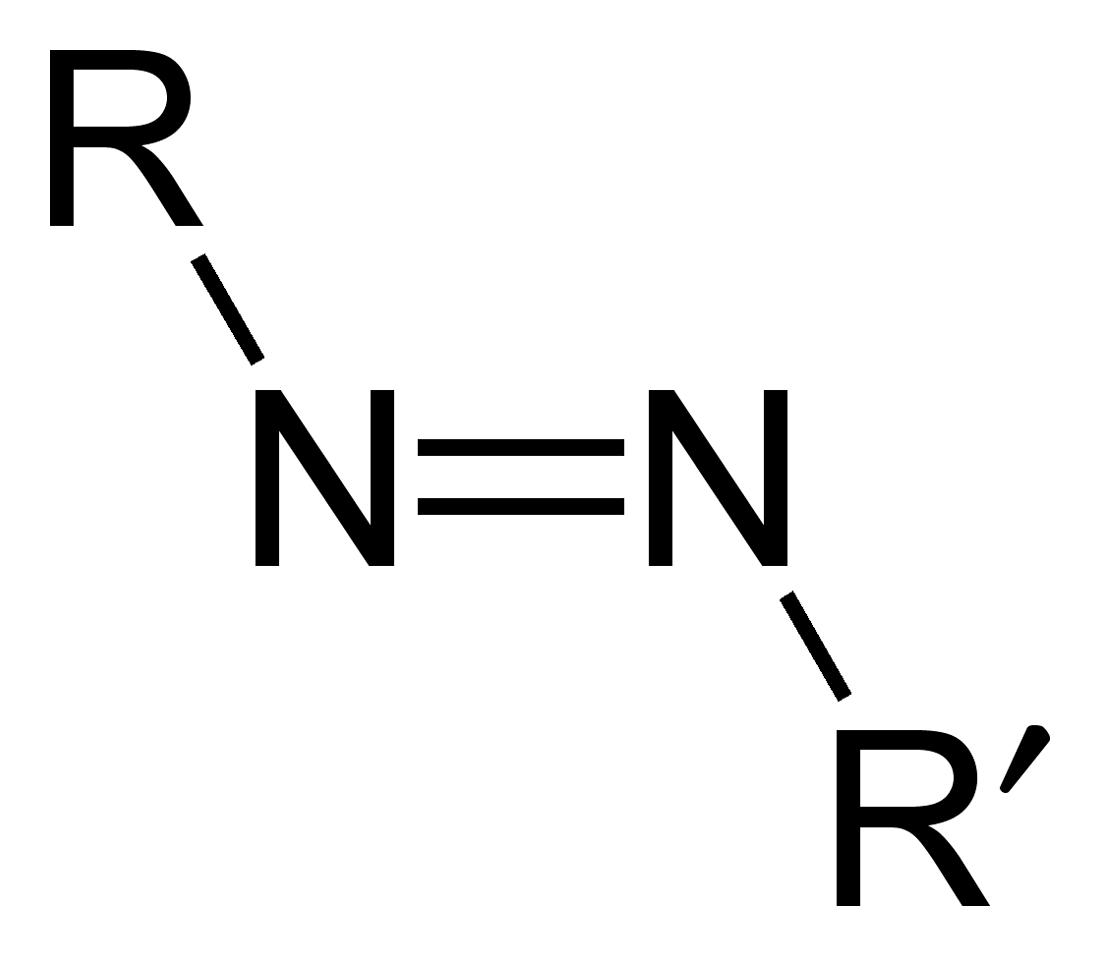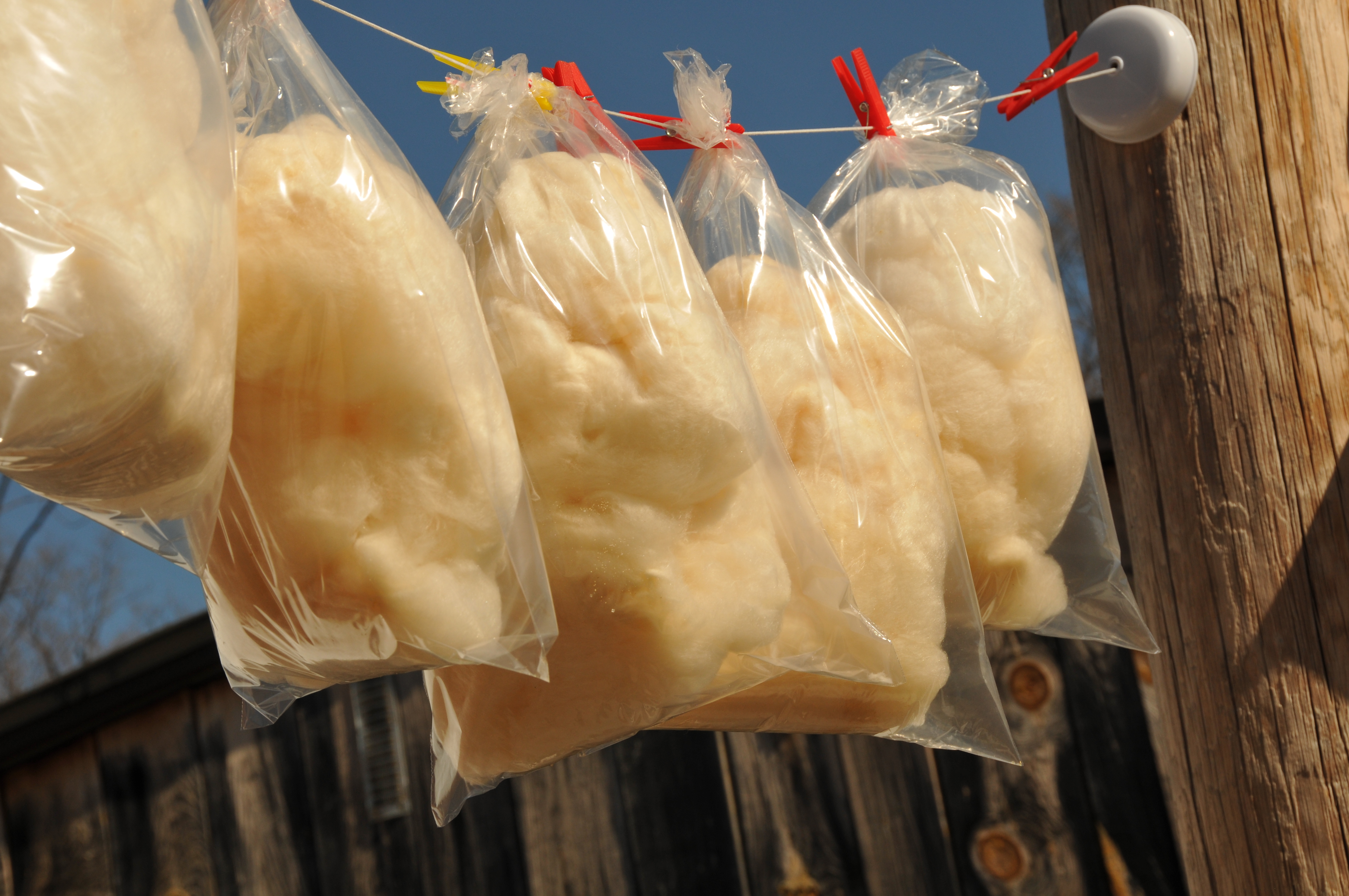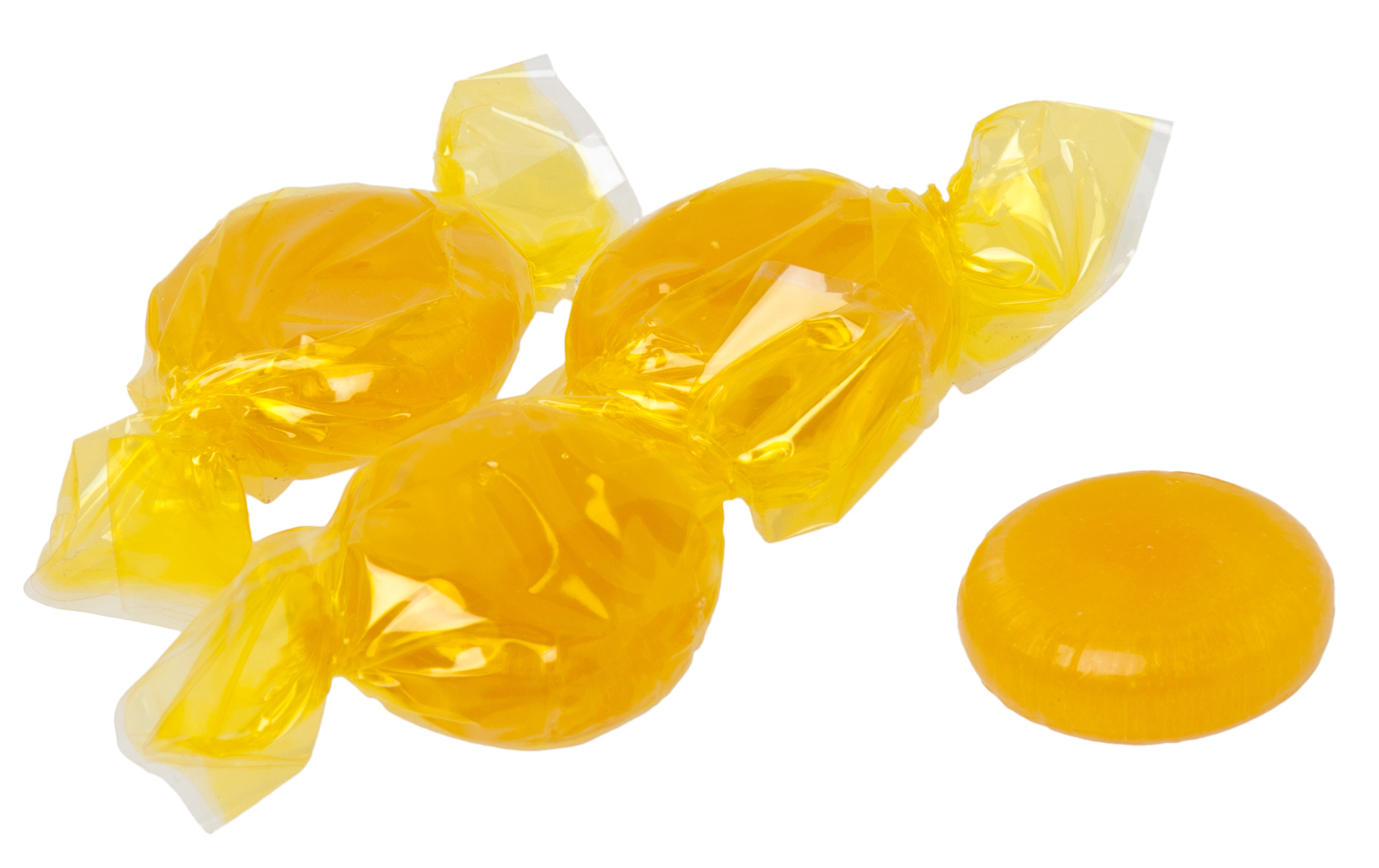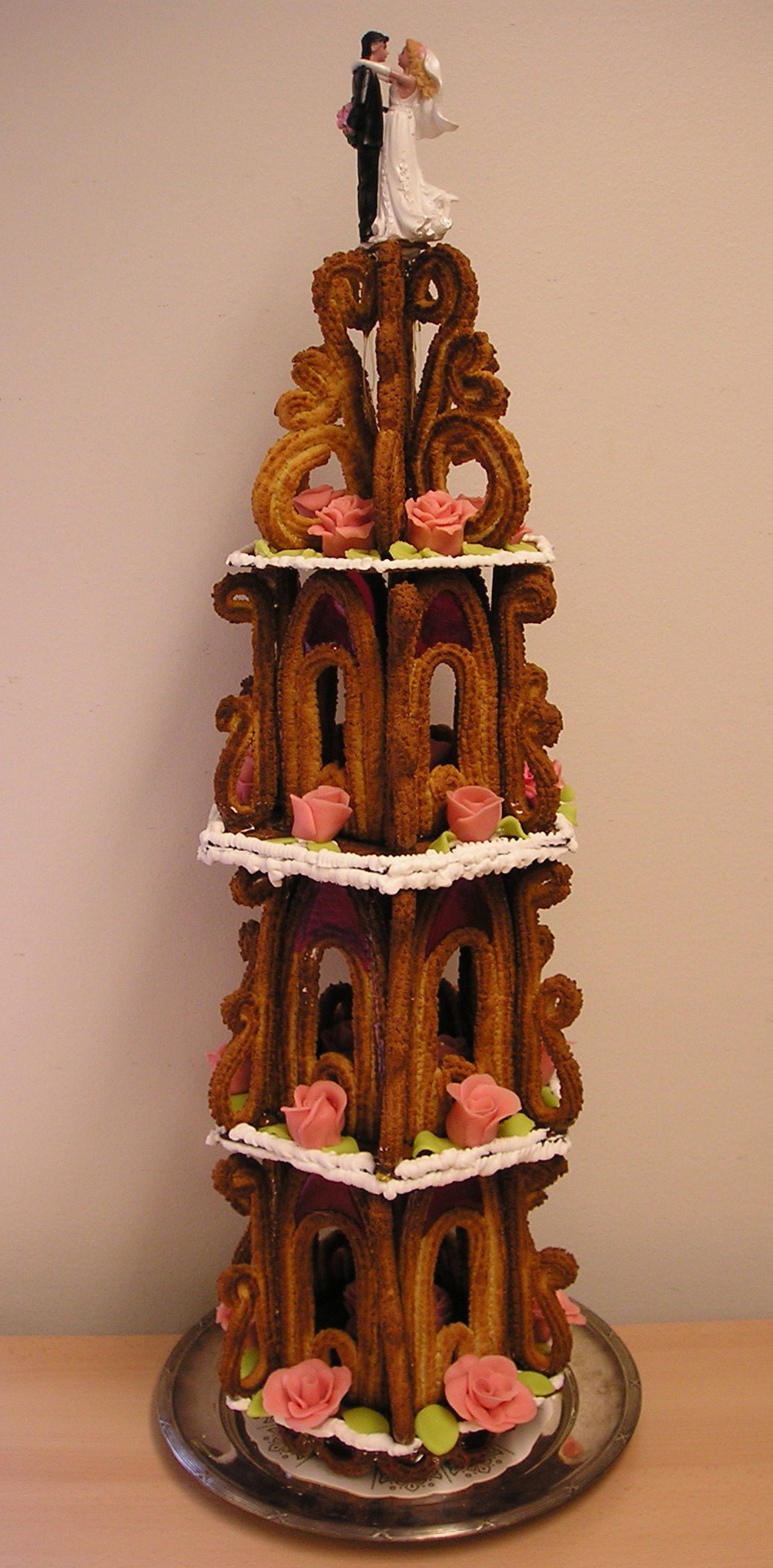|
Yellow 5
Tartrazine is a synthetic lemon yellow azo dye primarily used as a food coloring. It is also known as E number E102, C.I. 19140, FD&C Yellow 5, Yellow 5 Lake, Acid Yellow 23, Food Yellow 4, and trisodium 1-(4-sulfonatophenyl)-4-(4-sulfonatophenylazo)-5-pyrazolone-3-carboxylate. Tartrazine is a commonly used coloring agent all over the world, mainly for yellow, and can also be used with brilliant blue FCF (FD&C Blue 1, E133) or green S (E142) to produce various green shades. It serves as a dye for wool and silks, a colorant in food, drugs and cosmetics and an adsorption-elution indicator for chloride estimations in biochemistry. History Tartrazine was discovered in 1884 by Swiss chemist Johann Heinrich Ziegler, who developed the yellow azo dye in the laboratories of the Bindschedler'sche Fabrik für chemische Industrie in Basel ( CIBA). This was patented and produced in Germany by BASF in 1885 (DRP 34294). The process was first presented in 1887 in ''Chemische Berichte' ... [...More Info...] [...Related Items...] OR: [Wikipedia] [Google] [Baidu] |
Federal Food, Drug, And Cosmetic Act
The United States Federal Food, Drug, and Cosmetic Act (abbreviated as FFDCA, FDCA, or FD&C) is a set of laws passed by the United States Congress in 1938 giving authority to the U.S. Food and Drug Administration (FDA) to oversee the food safety, safety of food, drugs, medical devices, and cosmetics. The FDA's principal representative with members of congress during its drafting was Charles W. Crawford (chemist), Charles W. Crawford. A principal author of this law was Royal S. Copeland, a three-term U.S. senator from New York. In 1968, the Electronic Product Radiation Control provisions were added to the FD&C. Also in that year the FDA formed the Drug Efficacy Study Implementation (DESI) to incorporate into FD&C regulations the recommendations from a National Academy of Sciences investigation of effectiveness of previously marketed drugs. The act has been amended many times, most recently to add requirements about bioterrorism preparations. The introduction of this act was influe ... [...More Info...] [...Related Items...] OR: [Wikipedia] [Google] [Baidu] |
Azo Compound
Azo compounds are organic compounds bearing the functional group diazenyl (, in which R and R′ can be either aryl or alkyl groups). IUPAC defines azo compounds as: "Derivatives of diazene (diimide), , wherein both hydrogens are substituted by hydrocarbyl groups, e.g. azobenzene or diphenyldiazene.", where Ph stands for phenyl group. The more stable derivatives contain two aryl groups. The group is called an ''azo group'' (, ). Many textile and leather articles are dyed with azo dyes and pigments. Aryl azo compounds urinary tract infections">Phenazopyridine, an aryl azo compound, is used to treat urinary tract infections">150px Aryl azo compounds are usually stable, crystalline species. Azobenzene is the prototypical aromatic azo compound. It exists mainly as the Cis-trans isomerism, ''trans'' isomer, but upon illumination, converts to the Cis-trans isomerism, ''cis'' isomer. Aromatic azo compounds can be synthesized by azo coupling, which entails an electrophilic ... [...More Info...] [...Related Items...] OR: [Wikipedia] [Google] [Baidu] |
Custard
Custard is a variety of culinary preparations based on sweetened milk, cheese, or cream cooked with Eggs as food, egg or egg yolk to thicken it, and sometimes also flour, corn starch, or gelatin. Depending on the recipe, custard may vary in consistency from a thin pouring sauce () to the thick pastry cream () used to fill éclairs. The most common custards are used in List of custard desserts, custard desserts or dessert sauces and typically include sugar and vanilla; however, Umami, savory custards are also found, e.g., in quiche. Preparation Custard is usually cooked in a double boiler (''bain-marie''), or heated very gently in a saucepan on a stove, though custard can also be steamed, baked in the oven with or without a Bain-marie, water bath, or even cooked in a Pressure cooking, pressure cooker. Custard preparation is a delicate operation because a ''temperature'' increase of leads to overcooking and curdling. Generally, a fully cooked custard should not exceed ; it begins ... [...More Info...] [...Related Items...] OR: [Wikipedia] [Google] [Baidu] |
Pastry
Pastry refers to a variety of Dough, doughs (often enriched with fat or eggs), as well as the sweet and savoury Baking, baked goods made from them. The dough may be accordingly called pastry dough for clarity. Sweetened pastries are often described as ''Flour confections, baker's confectionery''. Common pastry dishes include pies, tarts, quiches, croissants, and Turnover (food), turnovers. The French word pâtisserie is also used in English (with or without the accent) for many of the same foods, as well as the set of techniques used to make them. Originally, the French word referred to anything, such as a meat pie, made in dough (''paste'', later ''pâte'') and not typically a luxurious or sweet product. This meaning still persisted in the nineteenth century, though by then the term more often referred to the sweet and often ornate confections implied today. Definitions The precise definition of the term pastry varies based on location and culture. Common doughs used to make ... [...More Info...] [...Related Items...] OR: [Wikipedia] [Google] [Baidu] |
Cake
Cake is a flour confection usually made from flour, sugar, and other ingredients and is usually baked. In their oldest forms, cakes were modifications of bread, but cakes now cover a wide range of preparations that can be simple or elaborate and which share features with desserts such as pastries, meringues, custards, and pies. The most common ingredients include flour, sugar, eggs, fat (such as butter, oil, or margarine), a liquid, and a leavening agent, such as baking soda or baking powder. Common additional ingredients include dried, candied, or fresh fruit, nuts, cocoa, and extracts such as vanilla, with numerous substitutions for the primary ingredients. Cakes can also be filled with fruit preserves, nuts, or dessert sauces (like custard, jelly, cooked fruit, whipped cream, or syrups), iced with buttercream or other icings, and decorated with marzipan, piped borders, or candied fruit. Cake is often served as a celebratory dish on ceremonial occasi ... [...More Info...] [...Related Items...] OR: [Wikipedia] [Google] [Baidu] |
Pudding
Pudding is a type of food which can either be a dessert served after the main meal or a Savoury (dish), savoury (salty or sweet, and spicy) dish, served as part of the main meal. In the United States, ''pudding'' means a sweet, milk-based dessert similar in consistency to egg-based custards, Bird's Custard, instant custards or a mousse, often commercially set using cornstarch, gelatin or similar coagulating agent. The modern American meaning of pudding as dessert has evolved from the original almost exclusive use of the term to describe savoury dishes, specifically those created using a process similar to that used for sausages, in which meat and other ingredients in mostly liquid form are encased and then steamed or boiled to set the contents. In the United Kingdom, Republic of Ireland, Ireland and some Commonwealth of Nations, Commonwealth countries, the word ''pudding'' is used to describe sweet and Savoury (dish), savoury dishes. Savoury puddings include Yorkshire pudding ... [...More Info...] [...Related Items...] OR: [Wikipedia] [Google] [Baidu] |
Cotton Candy
Cotton candy, also known as candy floss (candyfloss) and fairy floss, is a spun sugar confection that resembles cotton. It is made by heating and liquefying sugar, and spinning it centrifugally through minute holes, causing it to rapidly cool and re-solidify into fine strands. It usually contains small amounts of food flavoring and it naturally bears the color of the sugar it is made of which is often altered with food coloring. It is often sold at fairs, circuses, carnivals, and festivals, served in a plastic bag, on a stick, or on a paper cone. It is made and sold globally, as ''candy floss'' in the United Kingdom, Ireland, India, New Zealand, Sri Lanka and South Africa, as ''fairy floss'' in Australia, as ''barbe à papa'' 'daddy's beard' in France, as شعر البنات 'girl's hair' in the United Arab Emirates and Saudi Arabia, as غزل البنات "girl's yarn" in Egypt. Similar confections include Korean and Iranian . History Several sources track the origin ... [...More Info...] [...Related Items...] OR: [Wikipedia] [Google] [Baidu] |
Marshmallows
Marshmallow (, ) is a confectionery made from sugar, water and gelatin whipped to a solid-but-soft consistency. It is used as a filling in baking or molded into shapes and coated with corn starch. This sugar confection is inspired by a medicinal confection made from ''Althaea officinalis'', the marsh-mallow plant. History The word "marshmallow" comes from the mallow plant species (''Althaea officinalis''), a wetland weed native to parts of Europe, North Africa, and Asia that grows in marshes and other damp areas. The plant's stem and leaves are fleshy, and its white flower has five petals. It is not known exactly when marshmallows were invented, but their history goes back as early as . Ancient Egyptians were said to be the first to make and use the root of the plant to soothe coughs and sore throats and to heal wounds. The first marshmallows were prepared by boiling pieces of root pulp with honey until thick. Once thickened, the mixture was strained, cooled, then used as int ... [...More Info...] [...Related Items...] OR: [Wikipedia] [Google] [Baidu] |
Gummy Bear
Gummy bears (German: ''Gummibär'') are small, fruit gum candies, similar to a jelly baby in some English-speaking countries. The candy is roughly long and shaped in the form of a bear. The gummy bear is one of many gummies, popular gelatin-based candies sold in a variety of shapes and colors by various brands such as Haribo. History The gummy bear originated in Germany, where it is popular under the name (gum or gummy bear), or in the diminutive form ( ittlegum or gummy bear). Gum arabic was the original base ingredient used to produce the gummy bears, hence the name ''gum'' or ''gummy''. Hans Riegel Sr., a confectioner from Bonn, started the Haribo company in 1920. In 1922, inspired by the trained bears seen at street festivities and markets in Europe through to the 19th century, he invented the Dancing Bear (''Tanzbär''), a small, affordable, fruit-flavored gum candy treat for children and adults alike, which was much larger in form than its later successor, the Go ... [...More Info...] [...Related Items...] OR: [Wikipedia] [Google] [Baidu] |
Candy
Candy, alternatively called sweets or lollies, is a Confectionery, confection that features sugar as a principal ingredient. The category, also called ''sugar confectionery'', encompasses any sweet confection, including chocolate, chewing gum, and sugar candy. Vegetables, fruit, or Nut (fruit), nuts which have been glaze (cooking technique), glazed and coated with sugar are said to be ''Candied fruit, candied''. Physically, candy is characterized by the use of a significant amount of sugar or sugar substitutes. Unlike a cake or loaf of bread that would be shared among many people, candies are usually made in smaller pieces. However, the definition of candy also depends upon how people treat the food. Unlike sweet pastries served for a dessert course at the end of a meal, candies are normally eaten casually, often with the fingers, as a snack between meals. Each culture has its own ideas of what constitutes candy rather than dessert. The same food may be a candy in one culture ... [...More Info...] [...Related Items...] OR: [Wikipedia] [Google] [Baidu] |
Confectionery
Confectionery is the Art (skill), art of making confections, or sweet foods. Confections are items that are rich in sugar and carbohydrates, although exact definitions are difficult. In general, however, confections are divided into two broad and somewhat overlapping categories: baker's confections and sugar confections. Baker's confectionery, also called flour confections, includes principally sweet pastries, cakes, and similar Baking, baked goods. Baker's confectionery excludes everyday Bread, breads, and thus is a subset of products produced by a baker. Sugar confectionery includes candies (also called ''sweets'', short for ''sweetmeats'', in many English-speaking countries), candied nuts, chocolates, chewing gum, bubble gum, pastillage, and other confections that are made primarily of sugar. In some cases, chocolate confections (confections made of chocolate) are treated as a separate category, as are sugar-free versions of sugar confections. The words ''candy'' (Canada ... [...More Info...] [...Related Items...] OR: [Wikipedia] [Google] [Baidu] |
Ice Pop
An ice pop is a liquid/cream-based frozen dessert on a stick. Unlike ice cream or sorbet, which are whipped while freezing to prevent ice crystal formation, an ice pop is frozen while at rest, becoming a solid block of ice with an icy texture. It is a fusion of flavored liquid, like juice or a sweetened water-based liquid. The stick is used as a handle to hold it. Without a stick, the frozen product would be a freezie. It can be calorie restricted, but commercial options usually contain added sugars, corn syrup and artificial ingredients. An ice pop is also referred to as a popsicle (a brand name) in Canada and the United States, a paleta in Mexico, the Southwestern United States and parts of Latin America, an ice lolly, lollipop or lolly in the United Kingdom and Ireland, an ice block in New Zealand and Australia, an ice drop in the Philippines, an ice gola in India, ice candy in the Philippines, India and Japan, ai tim tang or ice cream tang in Thailand, and a kisko in th ... [...More Info...] [...Related Items...] OR: [Wikipedia] [Google] [Baidu] |







